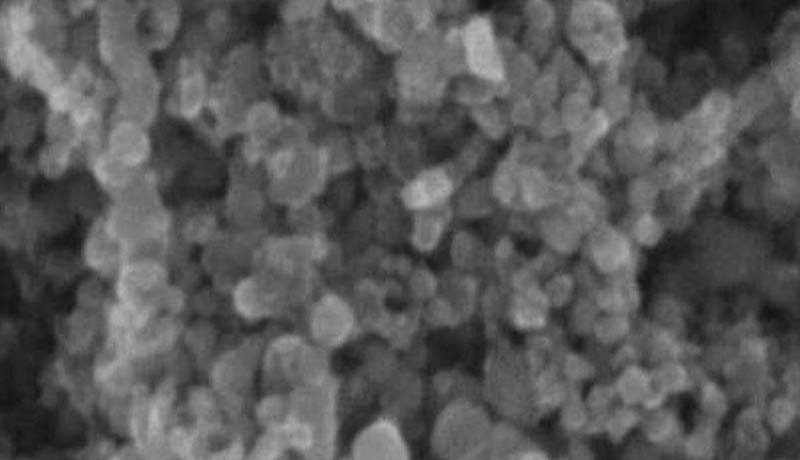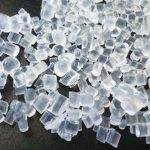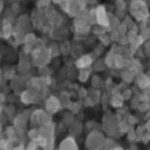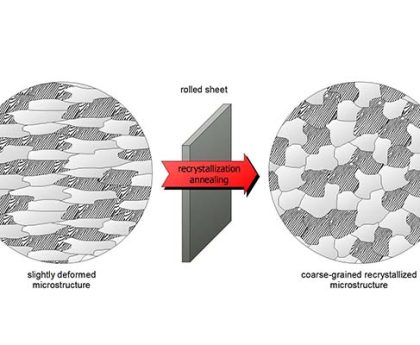Iron is a versatile metal that has been used for thousands of years in a wide range of applications. It is strong, durable, and relatively inexpensive, making it an excellent choice for everything from construction to cooking. However, not all iron is created equal. Two of the most commonly used types of iron are wrought iron and cast iron, and while they may seem similar at first glance, there are some significant differences between the two. In this article, we’ll take a closer look at wrought iron and cast iron, comparing their physical characteristics, production processes, strength and durability, uses and applications, cost, and availability.
Definition of Wrought Iron and Cast Iron
Wrought iron and cast iron are both forms of iron that have been used for centuries in a variety of applications. Wrought iron is a type of iron that is made by heating iron ore and then hammering it into the desired shape. It is a malleable, ductile metal that can be bent and shaped without breaking. Wrought iron has a low carbon content, typically less than 0.3%, which gives it its flexibility and strength.
Cast iron, on the other hand, is made by melting iron ore and then casting it into a mold to form the desired shape. It is a brittle, inflexible metal that is prone to cracking and breaking. Cast iron has a higher carbon content, typically between 2% and 4%, which gives it its characteristic strength and durability.
Brief Overview of the History of Iron Production
Iron has been used by humans for thousands of years. The earliest known iron artifacts, which date back to 1200 BC, were made from meteorites that had fallen to Earth. These “sky iron” artifacts were highly prized for their rarity and strength. However, it wasn’t until the development of the blast furnace in the 6th century BC that iron could be produced on a larger scale. The blast furnace allowed iron to be extracted from iron ore, which is abundant on Earth.
Over the centuries, iron production has undergone many changes and innovations. The development of the Bessemer process in the 19th century revolutionized iron production by allowing steel, which is stronger and more durable than iron, to be produced on a large scale. Today, iron and steel are still used in a wide range of applications, from construction to transportation to household goods.
Thesis Statement
In this article, we will compare wrought iron and cast iron, examining their physical characteristics, production processes, strength and durability, uses and applications, cost, and availability. We will explore the pros and cons of each type of iron and discuss the suitability of each for different uses and applications.
Physical Characteristics
Composition and Purity of Iron
Wrought iron and cast iron are both forms of iron, but they have different compositions and levels of purity. Wrought iron is made from pure iron, with a low carbon content of less than 0.3%. It is also typically free of impurities such as sulfur and phosphorus, which can weaken the metal.
Cast iron, on the other hand, is made from iron ore that has a higher carbon content, typically between 2% and 4%. It may also contain impurities such as sulfur and phosphorus, which can affect its strength and durability.
Appearance and Texture
Wrought iron and cast iron also have different appearances and textures. Wrought iron has a smooth, lustrous surface that is free of defects and blemishes. It is often used in decorative applications, such as fencing and gates, due to its attractive appearance.
Production Process
Overview of the Production Process for Wrought Iron
Wrought iron is produced by heating iron ore to a high temperature and then hammering it into the desired shape. The process begins with the preparation of the iron ore, which is crushed and roasted to remove impurities such as sulfur and phosphorus. The roasted ore is then placed in a furnace and heated to a high temperature, at which point the iron becomes molten.
Next, the molten iron is poured into molds or ladles and allowed to cool. Once it has cooled, it is removed from the mold and pounded with a hammer to remove any remaining impurities and to shape it into the desired form. This pounding process is what gives wrought iron its distinctive malleability and ductility.
Overview of the Production Process for Cast Iron
Cast iron is produced by melting iron ore and then casting it into a mold to form the desired shape. The process begins with the preparation of the iron ore, which is crushed and roasted to remove impurities. The roasted ore is then placed in a furnace and heated to a high temperature, at which point the iron becomes molten.
Once the iron is molten, it is poured into a mold that has been shaped to the desired form. The mold may be made of sand, clay, or metal. Once the iron has cooled and solidified, it is removed from the mold and is ready for use.
Comparison of the Time and Labor Required for Production
The production of wrought iron and cast iron both require a significant amount of time and labor. However, the production of wrought iron is generally more time-consuming and labor-intensive than the production of cast iron. This is because the process of hammering and shaping wrought iron requires a skilled worker to carefully manipulate the metal, whereas the production of cast iron is more automated and requires less skill.
Strength and Durability
Comparison of the Tensile Strength and Ductility of Wrought Iron and Cast Iron
One of the main differences between wrought iron and cast iron is their tensile strength and ductility. Wrought iron is a strong, ductile metal that is able to withstand a lot of strain without breaking. It is able to flex and bend without cracking or breaking, which makes it ideal for use in applications where it may be subjected to stress or strain.
Cast iron, on the other hand, is a brittle metal that is prone to cracking and breaking. It has a lower tensile strength than wrought iron and is not as ductile, which means it is less able to withstand stress and strain without breaking.
Comparison of the Corrosion Resistance of Wrought Iron and Cast Iron
Both wrought iron and cast iron are prone to corrosion, but they differ in their level of corrosion resistance. Wrought iron has a lower carbon content than cast iron, which makes it more resistant to corrosion. It is also typically free of impurities such as sulfur and phosphorus, which can accelerate corrosion. As a result, wrought iron is often used in outdoor applications where it may be exposed to the elements.
Cast iron, on the other hand, is more prone to corrosion due to its higher carbon content and the presence of impurities. It is not as resistant to corrosion as wrought iron and may require additional protection, such as a coat of paint, to prevent rusting.
Uses and Applications
Common Uses for Wrought Iron
Wrought iron has a number of uses and applications due to its strength, ductility, and corrosion resistance. It is often used in decorative applications, such as fencing, gates, and railings, due to its attractive appearance. It is also used in the construction of bridges and other structures, as well as in the manufacturing of appliances and other household goods.
Common Uses for Cast Iron
Cast iron is also used in a wide range of applications due to its strength and durability. It is commonly used in the construction of buildings and other structures, as well as in the production of machinery and automotive parts. It is also used in the manufacturing of cooking pots and pans, as it is able to retain heat well and distribute it evenly.
Comparison of the Suitability of Wrought Iron and Cast Iron for Various Applications
Wrought iron and cast iron are both strong and durable metals that are suitable for a wide range of applications. However, each has its own unique properties that make it more suitable for certain applications. Wrought iron is generally more suitable for decorative or ornamental applications due to its attractive appearance and malleability. It is also often used in the construction of bridges and other structures due to its strength and ductility.
Cast iron is generally more suitable for use in the construction of buildings and other structures due to its strength and durability. It is also often used in the production of machinery and automotive parts, as well as in the manufacturing of cooking pots and pans.
Cost and Availability
Comparison of the Cost of Wrought Iron and Cast Iron
The cost of wrought iron and cast iron can vary depending on a number of factors, including the purity of the metal and the cost of production. In general, wrought iron is more expensive than cast iron due to the time and labor required to produce it. Wrought iron is also more difficult to find, as it is not produced in as large quantities as cast iron.
Availability of Wrought Iron and Cast Iron in Various Regions
Wrought iron and cast iron are both widely available in many regions of the world. However, the availability of wrought iron may be more limited due to its higher cost and the smaller quantities in which it is produced. Cast iron, on the other hand, is more widely available and is produced in larger quantities, which makes it more readily available and less expensive.
Conclusion
In conclusion, wrought iron and cast iron are both forms of iron that have been used for centuries in a variety of applications. While they have some similarities, they also have some significant differences. Wrought iron is a strong, ductile metal that is suitable for decorative and ornamental applications, as well as for use in the construction of bridges and other structures. Cast iron is a strong and durable metal that is suitable for use in the construction of buildings and other structures, as well as in the production of machinery and automotive parts. Both wrought iron and cast iron have their own unique properties and are suitable for different applications.




